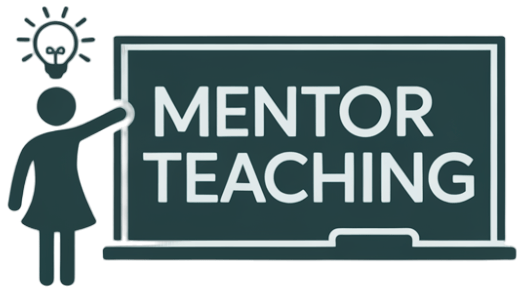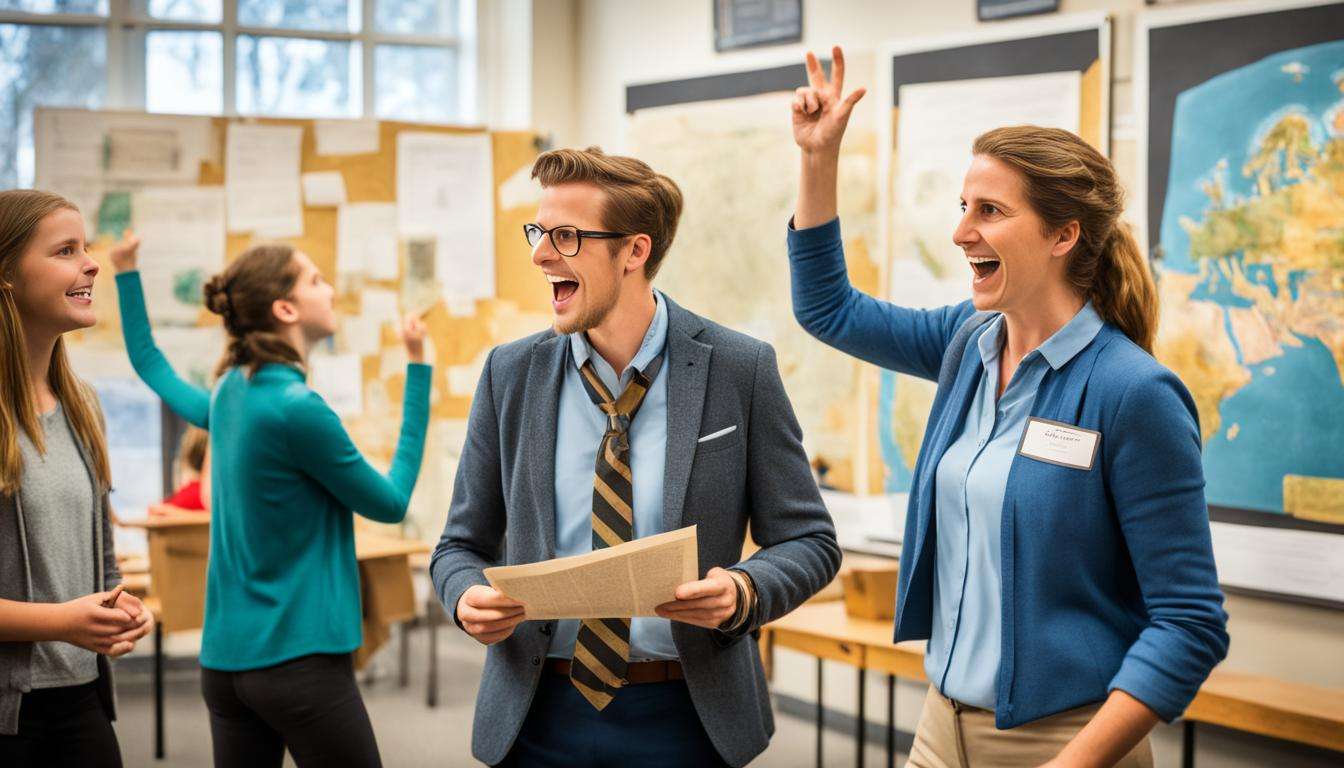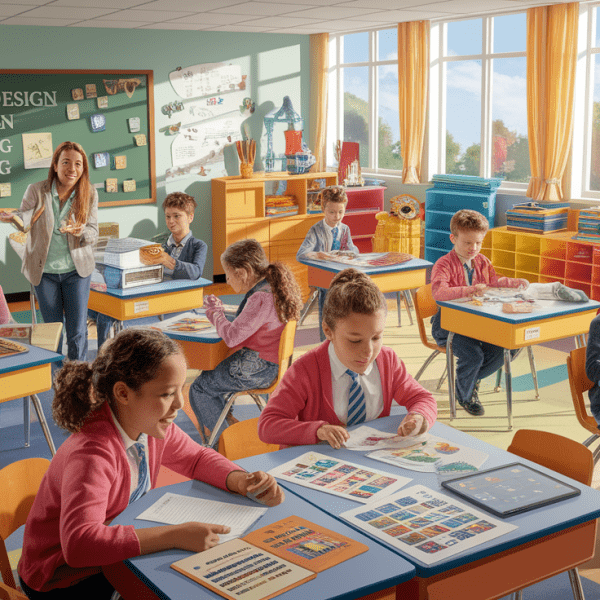In today’s fast-paced world, it’s essential for students to understand the importance of studying history. History provides a window into the past, allowing us to learn from the triumphs and failures of those who came before us. By incorporating a well-designed why study history lesson plan, educators can engage students and ignite their curiosity about the past.
So, why is studying history important? By exploring historical events, students gain a deeper appreciation for how the past has shaped the present. They develop critical thinking skills that enable them to analyze different perspectives, evaluate evidence, and construct historical narratives. Through this process, they gain insights into human behavior, societal changes, and the consequences of actions.
Learning history goes beyond memorizing dates and facts; it cultivates empathy, tolerance, and a global perspective. By studying the struggles and achievements of individuals and societies throughout history, students develop a sense of identity and understanding of cultural diversity. They learn to appreciate the value of inclusivity and respect for others.
Moreover, history teaching lesson plans can be tailored to incorporate current trends and global issues. By exploring the past in the context of the present, students can gain insights into the complexities of the world and envision a more inclusive and just future.
In conclusion, a well-designed why study history lesson plan engages students and helps them understand the importance of studying history. It enhances their critical thinking skills, fosters empathy and tolerance, and equips them with the knowledge and perspectives necessary to navigate the complexities of the present and shape a better future.
The Relevance of History in the Present
Studying history provides students with a unique opportunity to gain a current perspective on the world around them. By analyzing historical events and trends, students develop critical-thinking skills that enable them to understand the complexities of the present. History offers valuable insights into how societies have evolved over time and helps students make sense of contemporary issues. Through examining the causes and effects of past events, students can make informed decisions and navigate the trends that shape our society today.
By studying history, students gain a broader understanding of the world and the factors that have influenced its current state. It allows them to connect the dots between past events and their impact on the present day. History teaches students to analyze evidence, evaluate different perspectives, and critically examine sources of information. These critical-thinking skills are valuable in interpreting and understanding contemporary trends, enabling students to approach new information with a discerning eye. Whether it’s examining political movements, social shifts, or economic developments, the ability to think critically and analyze trends through a historical lens is invaluable.
Moreover, history equips students with the tools to recognize patterns of change and continuity in society. By examining past events, students can identify recurring themes and understand how historical trends shape the present. This knowledge allows them to better anticipate future outcomes and prepare for the challenges and opportunities ahead. History provides a unique perspective that often uncovers the underlying drivers of current trends, allowing students to approach the future with a more informed and critical mindset.
Understanding Historical Context
One of the key benefits of studying history is the ability to understand and appreciate the historical context of present-day issues and events. By exploring the past, students gain a deeper appreciation for the complexities and factors contributing to the present. This contextual understanding helps students recognize the interconnectedness of past and present, fostering a more comprehensive and nuanced view of the world.
| Benefits of Studying History in the Present | Examples |
|---|---|
| Understanding societal changes | Recognizing the impact of technological advancements on society |
| Gaining insight into political systems | Analyzing the historical development of democratic values |
| Developing a global perspective | Understanding the historical context of international conflicts |
| Enhancing critical-thinking skills | Analyzing historical evidence to evaluate contemporary narratives |
By understanding historical context, students can critically evaluate current perspectives and trends. This critical-thinking ability enables them to form informed opinions and engage in meaningful discussions regarding present-day issues. Furthermore, the analysis of historical trends fosters a sense of perspective, allowing students to assess the suitability and potential implications of various courses of action.
Overall, studying history is essential for gaining a current perspective, developing critical-thinking skills, and understanding the societal trends that shape our world. By providing invaluable insights into past events and their impact on the present, history equips students with the tools to navigate the complexities of contemporary issues, make well-informed decisions, and contribute to a better future.
Historical Thinking Skills
Developing historical thinking skills is crucial for students to gain a deeper understanding of the past and its significance. By integrating history into the curriculum, educators provide students with ample opportunities to cultivate these essential skills. Historical thinking skills go beyond memorizing dates and events; they involve critical analysis, source evaluation, and the ability to construct historical narratives based on evidence.
When students engage in historical thinking, they actively participate in the construction of knowledge, becoming historians themselves. By honing these skills, students can develop a more comprehensive understanding of historical events and their implications.
Key Historical Thinking Skills
To truly engage students in historical thinking, educators should focus on fostering the following skills:
- Analysis of primary and secondary sources: Students should learn how to critically examine primary and secondary sources, such as documents, images, and artifacts, to extract information and draw conclusions.
- Identification of bias: Students should be able to recognize different forms of bias in historical sources, enabling them to critically evaluate the reliability and validity of information.
- Evaluation of evidence: Students should develop the ability to assess the credibility and relevance of evidence when constructing historical arguments.
- Construction of historical narratives: Students should learn to synthesize information from various sources and construct coherent narratives that explain the causes, consequences, and significance of historical events.
By emphasizing these skills, educators enable students to think critically, analyze complex historical information, and form well-supported interpretations. These skills not only enhance students’ historical knowledge but also have broader applications in other academic disciplines and real-life situations.
Integration of Historical Thinking Skills into the Curriculum
Integrating history into the curriculum provides numerous opportunities for students to develop and apply historical thinking skills. By incorporating historical content and activities across different subjects, educators can foster interdisciplinary connections and enhance students’ overall learning experience.
Here’s an example of how historical thinking skills can be integrated into various disciplines:
| Subject | Possible Integration of Historical Thinking Skills |
|---|---|
| English/Language Arts | Analysis of historical fiction literature, evaluation of bias in texts, and construction of historiographical essays. |
| Social Sciences | Evaluation of primary sources in geography and analyzing population migration patterns in history. |
| Science, Technology, Engineering, and Mathematics (STEM) | Investigation of historical scientific discoveries, evaluation of scientific methodologies used in the past, and examining the ethical implications of technological advancements throughout history. |
Integrating historical thinking skills into multiple subjects not only reinforces the importance of history but also helps students see the interconnectedness of knowledge across disciplines. It cultivates critical thinking, fosters a deeper understanding of historical concepts, and prepares students to be active, informed citizens.
Engaging History Lesson Activities
Engaging students in history lesson activities is essential for their active learning and enjoyment. By incorporating hands-on activities, such as role-playing, simulations, and artifact analysis, students can explore historical concepts in a meaningful way. These activities foster critical thinking, problem-solving, and collaboration skills, while also making history come alive for students.
One effective activity is role-playing, where students take on the roles of historical figures and engage in debates or reenactments of significant events. This allows them to gain a deeper understanding of the motivations and perspectives of different individuals and societies throughout history. For example, students can recreate the Constitutional Convention or stage a mock trial of a historical figure.
Simulations are another powerful tool for teaching historical concepts. By simulating historical events or scenarios, students can analyze the factors involved and experience the decision-making processes firsthand. For instance, a simulation of the Cuban Missile Crisis can help students understand the complexities of international diplomacy during the Cold War era.
Analyzing artifacts is yet another valuable activity in history lessons. By examining primary sources, such as letters, photographs, or documents, students can gain insights into the lives and perspectives of people from the past. This activity encourages students to evaluate evidence, consider multiple perspectives, and develop historical thinking skills.
To further enhance student engagement, teachers can incorporate technology tools into history lessons. For example, utilizing videos that depict historical events or interactive websites that provide virtual tours of historical sites can bring history to life and create a multisensory learning experience for students. Virtual field trips can also provide students with opportunities to explore historical landmarks and immerse themselves in different time periods.
Overall, history lesson activities that involve hands-on experiences, role-playing, artifact analysis, and technology integration can captivate students’ interest, foster critical thinking skills, and deepen their understanding of historical concepts. By making history relevant and engaging, educators can inspire a lifelong love for learning about the past.
The Benefits of Learning History
Learning history offers a wide range of benefits for students. It helps them develop a sense of identity and understanding of cultural diversity by exploring different time periods and civilizations. Additionally, studying history promotes empathy and tolerance by learning about the struggles and achievements of individuals and groups.
Moreover, history teaching lesson plans can be tailored to incorporate global perspectives, fostering a sense of global citizenship. By understanding the past, students can better navigate the complexities of the present and envision a more inclusive future.
Benefits of Learning History
- Develops a sense of identity and cultural understanding
- Promotes empathy and tolerance
- Fosters a sense of global citizenship
- Enhances critical thinking and analytical skills
- Provides insights into the complexities of the present
- Enables students to learn from the mistakes and successes of the past
- Expands historical knowledge and perspective
- Encourages lifelong learning
| Benefits of Learning History | Description |
|---|---|
| Develops a sense of identity and cultural understanding | By studying history, students gain a greater appreciation for their own cultural heritage and the diverse perspectives of others. |
| Promotes empathy and tolerance | Learning about different historical experiences allows students to understand and empathize with the challenges faced by individuals and societies. |
| Fosters a sense of global citizenship | Exploring history from a global perspective helps students recognize their place in an interconnected world and encourages a sense of responsibility towards global issues. |
| Enhances critical thinking and analytical skills | Studying history requires students to analyze and interpret complex information, develop arguments, and evaluate different sources of evidence. |
| Provides insights into the complexities of the present | By understanding historical events and patterns, students can make connections to contemporary issues and develop a deeper understanding of the world around them. |
| Enables students to learn from the mistakes and successes of the past | Studying history allows students to examine the consequences of past decisions and actions, providing valuable lessons for the present and future. |
| Expands historical knowledge and perspective | Through the study of history, students gain a broad knowledge base and develop a more nuanced understanding of the human experience. |
| Encourages lifelong learning | Engaging with history encourages a curiosity for learning and a desire to continuously explore the past and its significance. |
Resources for Teaching History
When it comes to teaching history, educators have access to a wide range of resources that can help create engaging and effective lesson plans. These resources provide valuable materials and strategies to enhance students’ understanding of the past and foster a love for learning history. Here are some key resources that can be utilized:
Online Platforms:
Educational websites, museums, and archives offer a treasure trove of primary and secondary sources that can be used to create interactive and immersive history lessons. These online platforms provide access to historical documents, photographs, videos, and audio recordings, allowing students to engage with the past and develop a deeper appreciation for history. For example, the Library of Congress and the National Archives provide extensive collections of historical artifacts and primary sources that can enrich classroom instruction.
Textbooks, Documentaries, and Historical Fiction Books:
Supplementing classroom instruction with textbooks, documentaries, and historical fiction books can bring history to life. Textbooks provide a structured approach to covering historical topics and can serve as a reliable reference for students. Documentaries offer visual and auditory stimulation, presenting historical events in a compelling and engaging format. Historical fiction books provide a narrative perspective and allow students to empathize with characters and experience the past through storytelling. By incorporating these resources, teachers can cater to different learning styles and foster a deeper understanding of history.
Collaboration and Professional Development:
Collaborating with fellow teachers and participating in professional development workshops can provide valuable insights, resources, and strategies for teaching history effectively. By sharing ideas and learning from each other’s experiences, educators can enhance their knowledge and refresh their teaching methods. Professional development workshops, conferences, and webinars offer opportunities to learn about innovative approaches to history education, explore new technologies, and engage in discussions with experts in the field.
Comparison of History Lesson Resources
| Resource | Advantages |
|---|---|
| Online Platforms |
|
| Textbooks, Documentaries, and Historical Fiction Books |
|
| Collaboration and Professional Development |
|
By utilizing these resources and exploring new ones, teachers can create engaging and comprehensive history lesson plans that inspire students to develop a lifelong interest in the subject. The diverse range of resources available ensures that educators can cater to different learning styles and provide a stimulating and enriching learning experience in the classroom.
Conclusion
Engaging students in a why study history lesson plan is crucial for instilling in them the significance of studying history. By incorporating a variety of activities, fostering the development of historical thinking skills, and utilizing diverse resources, teachers can create a dynamic and meaningful learning experience. A well-designed history lesson plan not only deepens students’ understanding of the past but also equips them with valuable skills and perspectives that they can apply to their present lives and future endeavors.
Through the exploration of historical concepts, students gain a broader understanding of their own identity and the diversity of cultures. Learning history also promotes empathy and tolerance by exposing students to the struggles and triumphs of individuals and groups throughout time. Furthermore, incorporating global perspectives into history teaching lesson plans nurtures a sense of global citizenship and prepares students to navigate an interconnected world.
In the digital age, teachers have access to a wealth of resources for creating engaging history lessons. Online platforms, such as educational websites, museums, and archives, provide a rich array of primary and secondary sources that can enhance classroom instruction. Additionally, textbooks, documentaries, and historical fiction books can supplement the teaching of history. Collaborating with fellow teachers and participating in professional development workshops further enriches the toolkit of resources and strategies for effective history instruction.




